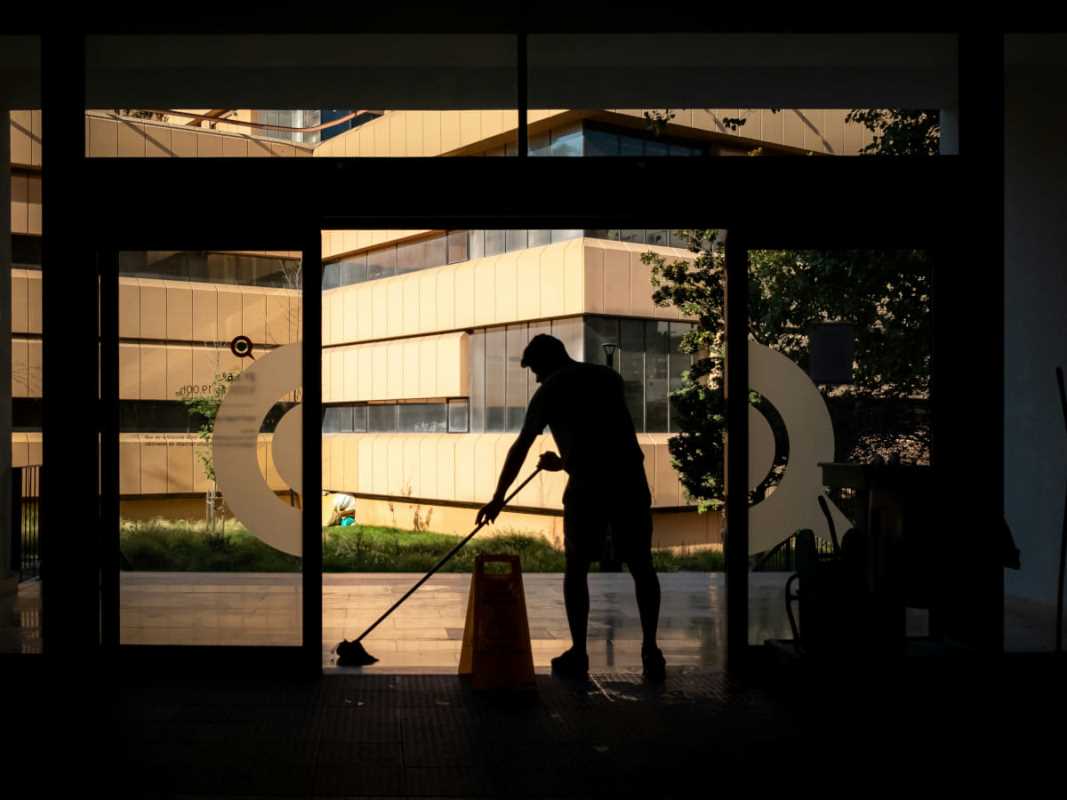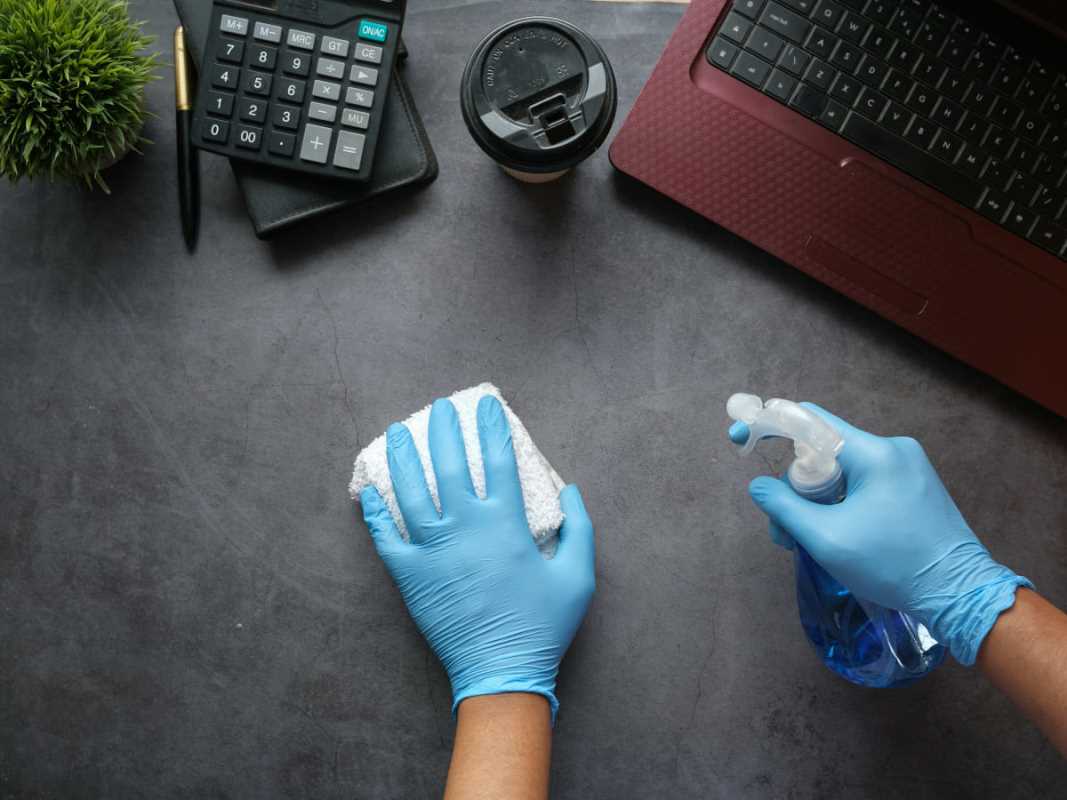Taking on a major plumbing project isn’t just about wrenches, pipes, and getting your hands a little dirty. It’s about navigating the world of permits, regulations, and approvals, which, for most, can feel like trying to decipher ancient hieroglyphics on wet paper.
But fear not! With some know-how and patience, you can tackle the permit process with ease and confidence. Here’s what you need to know to make the experience less daunting and more manageable.
Understanding Why Permits Matter
First off, you might be wondering, “Do I really need a permit?” The answer is often yes, and for good reason. Permits are there to ensure plumbing work meets local building codes and, more importantly, to protect the safety of your home and the people in it. A project done without a permit might get you into hot water later when selling your house or fixing future plumbing mishaps.
Permits typically come into play with larger-scale projects. If you’re extending your plumbing system, rerouting pipes, or installing new fixtures that require changes to the water supply or drainage system, expect to need a permit. Not applying for one could lead to hefty fines or forcing you to undo your hard work to comply with local regulations.
What’s more, permits bring in the safety net of inspections. An inspector ensures that the work has been completed to code, meaning your new plumbing system isn’t going to leak, burst, or otherwise create a mini-disaster down the line. While it might feel like an unnecessary hoop to jump through, permits save headaches (and wallets) in the long run.
If you’re still unsure whether your project needs a permit, your local municipality’s building department is your go-to source for clarity and guidance.
Getting Started with Local Codes and Requirements
The first hurdle is understanding your local building codes. Plumbing regulations aren’t one-size-fits-all; they vary by location, and what’s acceptable in one part of the country might be a big no-no somewhere else. Codes cover everything from pipe materials to drainage slopes, so getting acquainted with them is crucial to moving forward.
Begin by researching your municipality’s building department website. They usually provide clear, if slightly overwhelming, guidelines on what’s required for plumbing projects. This is also where you’ll find application forms, fee schedules, and contact information if you have questions.
One useful tip? Check out any workshops or informational sessions your local department runs. These free resources are goldmines of information and provide a chance to talk directly to experts who know the ins and outs of the process.
Additionally, some cities and counties may offer online permit systems, making it much easier to start the process from the comfort of your couch. Others may require an in-person trip to the building department, so plan accordingly. Whichever the case, a bit of legwork upfront will save you frustrations later when it’s time to submit your application.
Navigating The Application Process
Ah, the permit application itself. This is where the real fun begins. The process might seem intimidating at first, but with a careful approach and proper preparation, it doesn’t have to be a nightmare.
Start by gathering all the necessary documentation. Most plumbing permits require specifics about your project, including detailed plans, plumbing schematics, and even calculations for water supply and drainage where applicable. If you’re hiring a plumber, they can often provide these details for you. Some municipalities may also require information about the materials you’ll be using, so keep that in mind when shopping for supplies.
Next, submit everything along with the application form. Depending on where you live, this may be done in person, via mail, or through an online portal. Be sure to double-check your application for errors or missing information, as this is one of the most common reasons for delays in approval.
Fees are another significant part of the process. Permit costs can vary widely depending on the scope of your project and where you live. Don’t be caught off guard, as some permits may come with additional fees, such as plan reviews or inspections. Having an estimated budget can save you from unpleasant surprises.
Once submitted, the waiting game begins. Depending on your project’s complexity and your local department’s workload, approval may take anywhere from a few days to several weeks. Patience is key here, but don’t hesitate to follow up if things are taking longer than expected.
Inspections and Keeping Things on Track
Once your permit is approved, you’re ready to get your hands (or your plumber’s hands) dirty. But wait! Don’t shove the permit paperwork into a drawer and forget about it. Inspections are a crucial part of the process and shouldn’t be overlooked.
Inspections occur at various stages of the project to ensure everything is being completed according to the plan and code. For instance, if you’re installing new pipes, an inspector will want to see the rough plumbing before the walls are closed up. This can feel like having someone grade your homework, but it’s all about making sure the work is safe and up to standard.
Be sure to schedule inspections promptly to avoid holding up the project. Some municipalities offer set times for inspection calls, while others may require appointments well in advance. Flexibility is your friend here, as inspectors’ schedules can be tight.
It’s not uncommon for minor errors to pop up during an inspection, but don’t panic. Most issues are easy to fix, and inspectors often go out of their way to point you in the right direction. Think of them less as adversaries and more as allies helping you avoid future headaches.
One last tip? Keep detailed records of everything, from initial applications to inspection reports. Not only is this required in some places, but it’s also a great way to cover your bases if questions arise down the line.
Tips To Make the Permit Process Smoother
If you’re itching to make the permit process as stress-free as possible, here are a few extra tips from seasoned pros:
- Hire a licensed plumber familiar with local codes, they’ll often handle the permit process for you and ensure compliance.
- Start early, Give yourself plenty of time for research, applications, and approvals.
- Be specific in your plans, Vague descriptions lead to delays or rejections.
- Stay organized, keep all paperwork, receipts, and permits in a dedicated folder.
- Don’t skip inspections, they’re integral to ensuring your project meets code requirements.
Being proactive goes a long way toward keeping your project on track and avoiding unnecessary stress.
Wrapping It All Up
The permit process for major plumbing projects may not be the most exciting part of the job, but it’s an essential one. It’s a safeguard for you, your home, and your community, ensuring that everything flows, drains, and functions as it should. By understanding the importance of permits, researching local codes, and staying organized, you’ll find the process manageable, even rewarding.
While permits might feel like an extra hurdle, they’re really your insurance policy against future problems. Who wouldn’t want that peace of mind when tackling something as critical as plumbing? And if you find yourself feeling overwhelmed, remember that help is out there, from your building department to licensed professionals ready to guide you through.







